Origins in Travel Innovation
1854–1892: Trunks, Trianon Canvas and the Birth of a Brand
Louis Vuitton opened his Paris workshop in 1854, designing flat-topped steamer trunks that stacked neatly in railway carriages—an advantage over the rounded lids common at the time. He covered them in grey Trianon canvas, lighter and more water-repellent than leather. Word of mouth among Europe’s travelling elite propelled demand, and within a decade Vuitton ran a full-scale atelier in Asnières-sur-Seine, still the home of the brand’s hard-sided production today.
1892–1930s: Damier, Monogram and the Shift to Personal Goods
Georges Vuitton succeeded his father in 1892 and introduced the Damier checkerboard in 1888 to deter counterfeiters. Counterfeits persisted, so in 1896 he created the LV Monogram canvas—floral quatrefoils and interlocking initials drawn from Japanese crests and Victorian motifs. The pattern became visual shorthand for quality travel gear. During the inter-war years Georges and his son Gaston-Louis expanded into smaller keepalls, beauty cases and vanity bags, setting the stage for dedicated handbags.
The Handbag Era
Speedy (1930)
Originally called the “Express”, the Speedy translated Vuitton’s Keepall travel bag into a city-friendly 30 cm format. Audrey Hepburn requested an even smaller 25 cm version in 1965, cementing its celebrity status. Its rounded ends, dual Toron handles and zip closure remain unchanged, while material options now include Monogram, Damier, Epi leather and seasonal prints.
Alma (1934)
Named after Paris’s Pont de l’Alma, this structured dome shape was reportedly custom-made for Coco Chanel before joining the permanent line. Double zip pulls meet at a padlock, protecting a roomy interior that stands upright on metal feet—practical for office desks yet refined enough for evening events.
Noé (1932)
Champagne producer Georges Hennessy asked Gaston-Louis for a bag that could carry five bottles upright. The result was a bucket bag with a cinch cord strong enough to secure glass. Modern editions, including the smaller Noé BB, prove the design’s lasting utility.
Keepall (1930)
A holdall rather than a handbag, the Keepall deserves mention for inspiring smaller models and for heavy use by musicians, athletes and stylists. Sizes 45 to 60 cm comply with most airline cabin limits, reinforcing Vuitton’s travel DNA.
Neverfull (2007)
Introduced under Marc Jacobs, the Neverfull answered demand for a lightweight, shoulder-carry tote. Side laces allow the bag to cinch into a slimmer profile. Its reversible Monogram-lined interior and competitive price point made it one of the house’s best-selling styles.

Capucines (2013)
Named after Rue des Capucines, where Louis Vuitton opened his first store, this top-handle bag uses full-grain Taurillon leather and an LV ring logo anchored under the flap. Crafted in the same workshop that produces hard-sided trunks, it bridges heritage workmanship with modern minimalism.

Twist (2015)
A calf-leather flap bag featuring a rotating LV clasp that forms the brand initials when closed. Designed by Nicolas Ghesquière, the Twist offers a fresh logo treatment while maintaining compact practicality.
Pochette Métis (2012)
Originally a niche style, the Pochette Métis gained cult status for its satchel shape, S-Lock clasp and smart interior dividers. Demand often exceeds supply, fuelling a robust pre-owned market.

Key Materials and Craft Techniques
Monogram Canvas
Coated cotton-canvas printed with the 1896 pattern remains lightweight, water-resistant and easy to clean—one reason vintage Speedys and Keepalls from the 1970s still circulate in good condition.
Epi Leather
Launched in 1985, Epi features a textured horizontal grain pressed into vegetable-tanned cowhide. The finish resists scratches and rain, making Epi variants of the Alma and Neverfull popular for daily use.

Empreinte Leather
Introduced in 2010, Empreinte is supple calfskin embossed with oversized Monogram motifs, offering a softer, monochrome option for bags like the Pochette Métis.

Why Vuitton Icons Endure
Heritage and Storytelling
Each design links back to travel solutions: Speedy from luggage, Noé from champagne hampers, Keepall from transatlantic voyages. The narratives reinforce authenticity and functionality.
Consistent Design Codes
Elements such as contrasting Vachetta leather trim, polished brass hardware and the Monogram canvas appear across collections, giving new releases immediate recognisability.
Craftsmanship and Repairability
Bags are assembled with edge-dyed handles, hand-stitched reinforcements and burnished brass rivets. The brand’s global repair network extends product life, supporting resale value and sustainability.
Adaptability
Seasonal editions in Giant Monogram, denim jacquard or artist collaborations (Stephen Sprouse, Takashi Murakami, Yayoi Kusama) refresh established silhouettes without diluting core shapes.
Final Thoughts
From Louis Vuitton’s first flat-topped trunks to today’s Capucines and Twist bags, the house has balanced innovation with continuity. Icons like the Speedy, Alma, Noé and Neverfull trace practical origins—rail travel, champagne transport, everyday carry—while new materials and limited releases keep the line contemporary. Consistent design codes, solid craftsmanship and a repair-friendly ethos ensure that a Vuitton bag is more than seasonal fashion: it is a functional object with a 170-year backstory, ready for its next journey on the shoulder of a modern traveller.






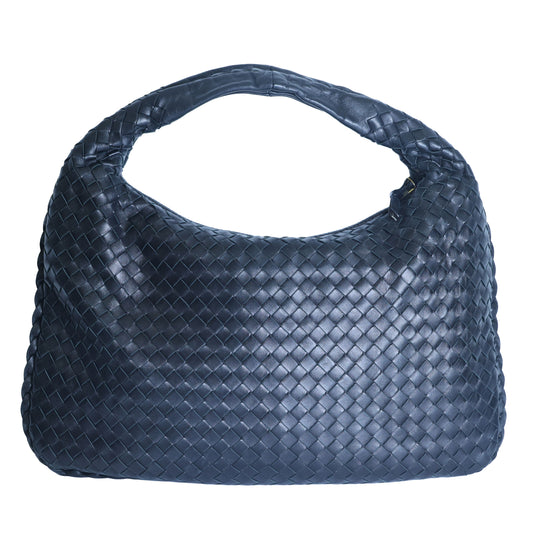
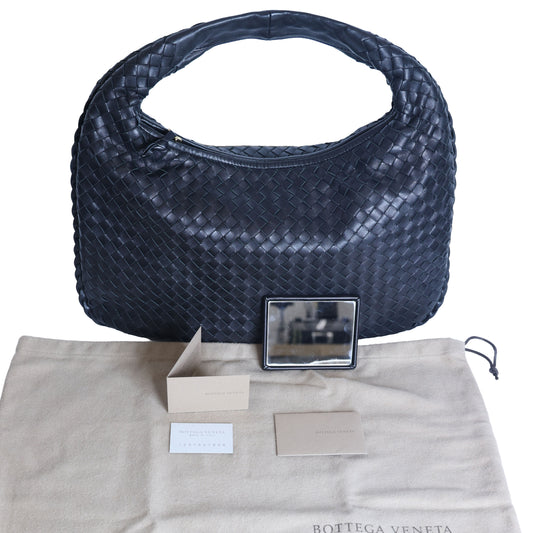
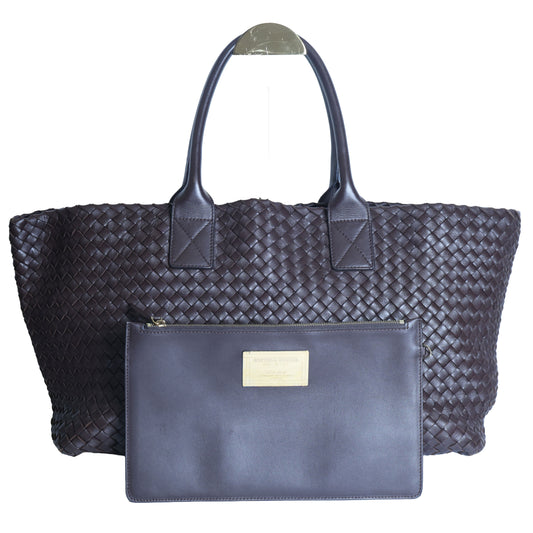
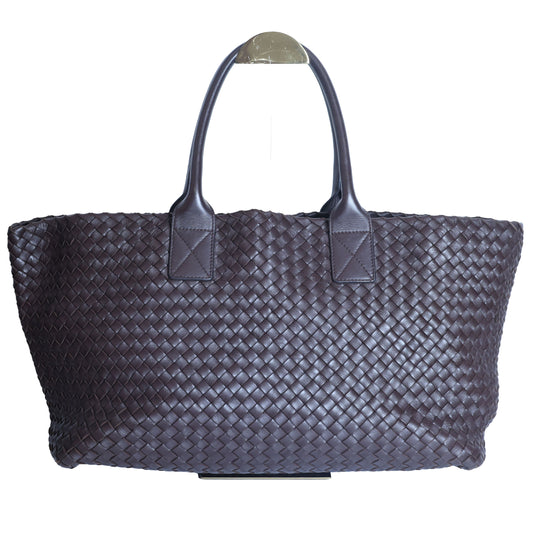
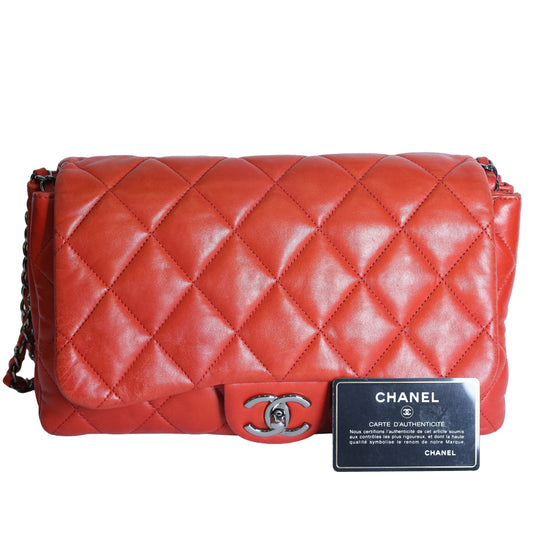
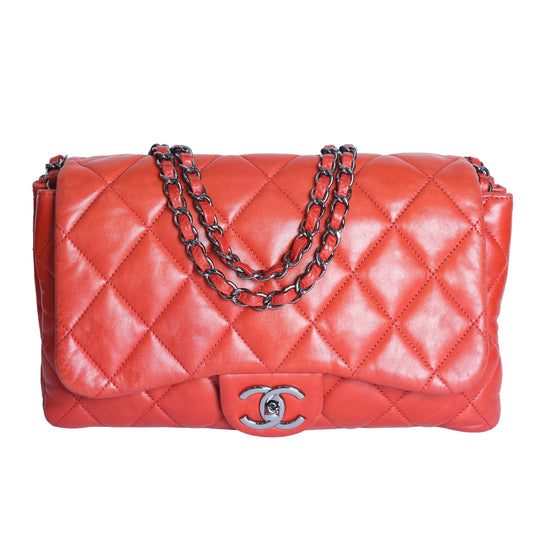
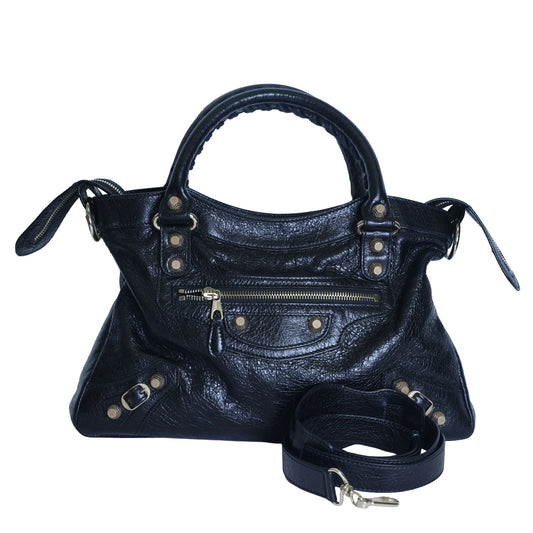
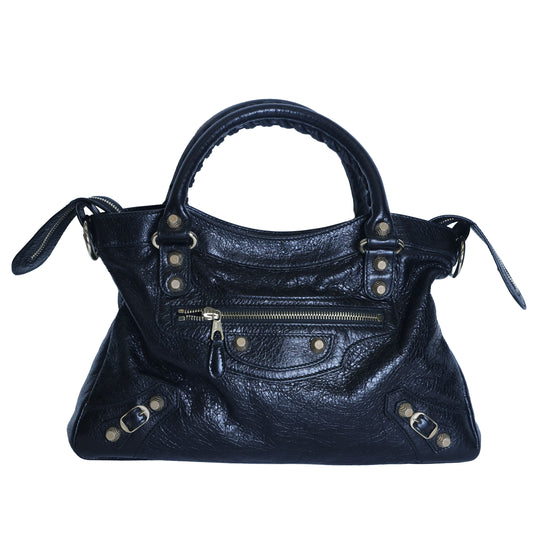
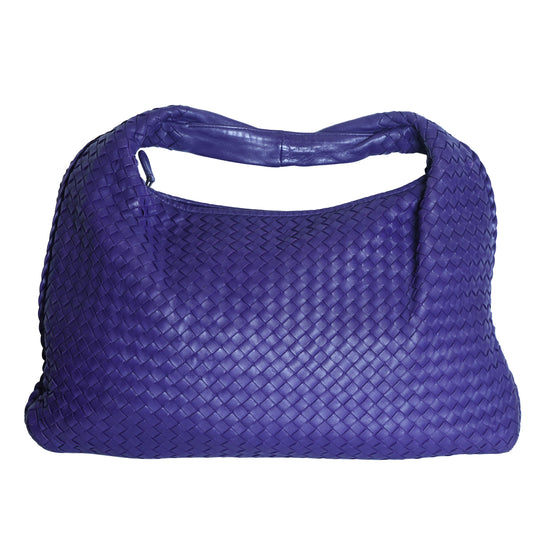
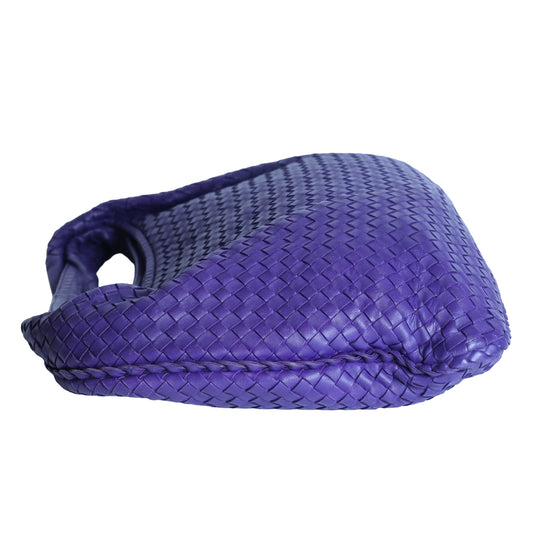
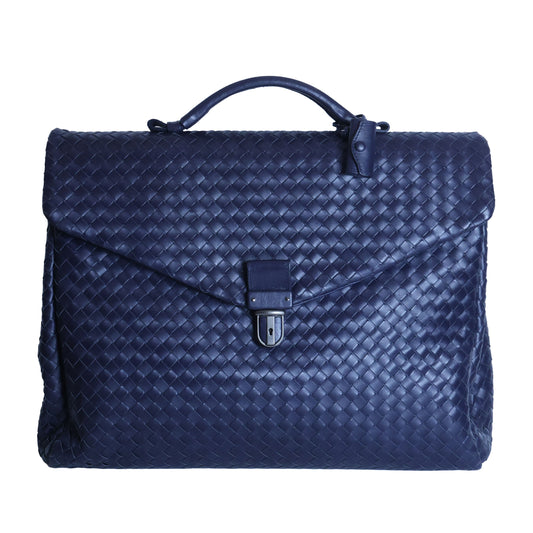
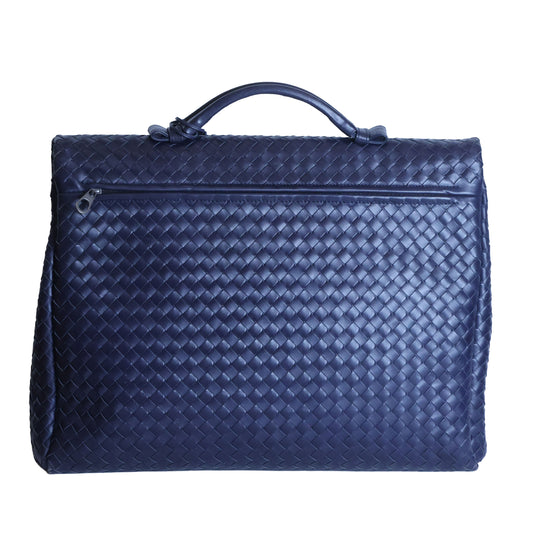
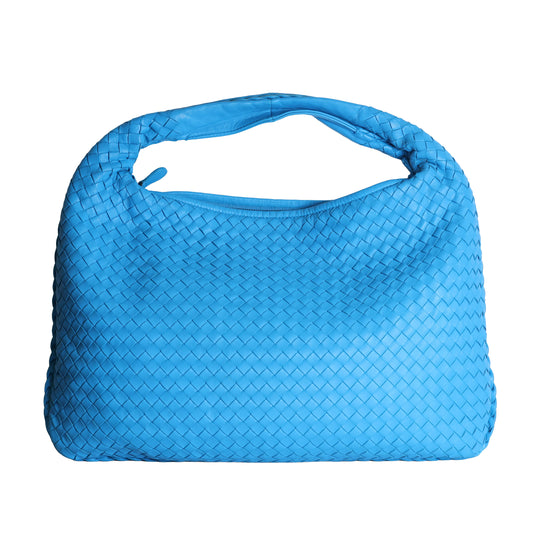
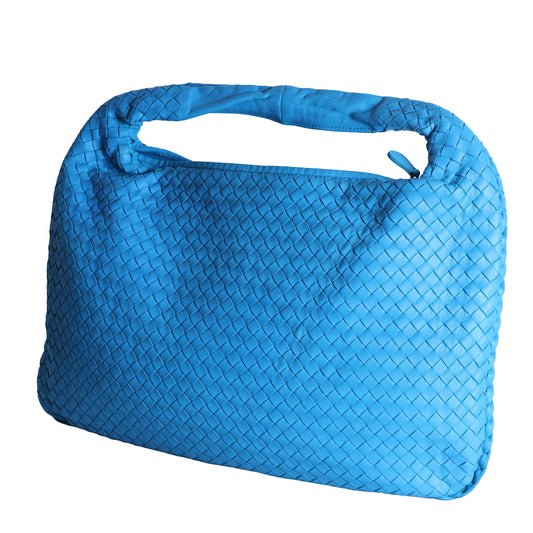
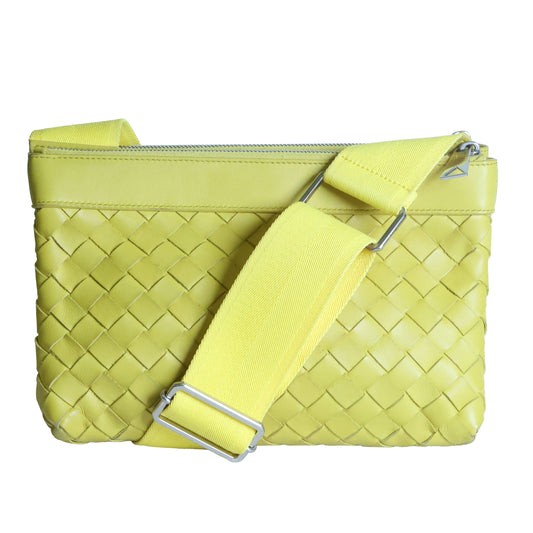
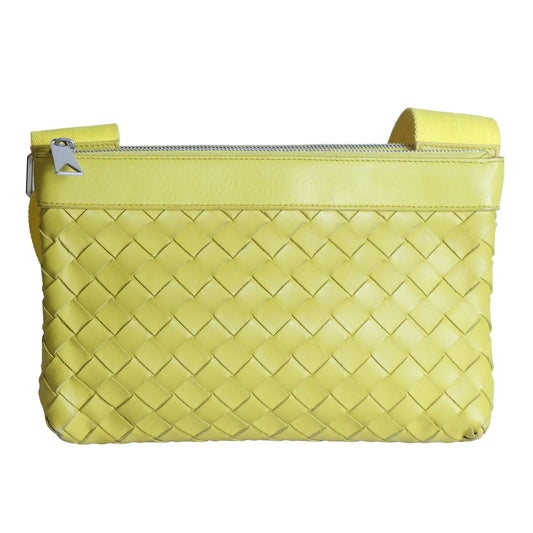
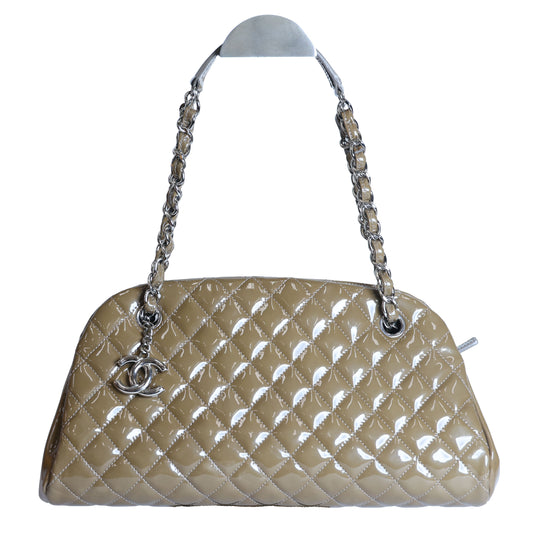
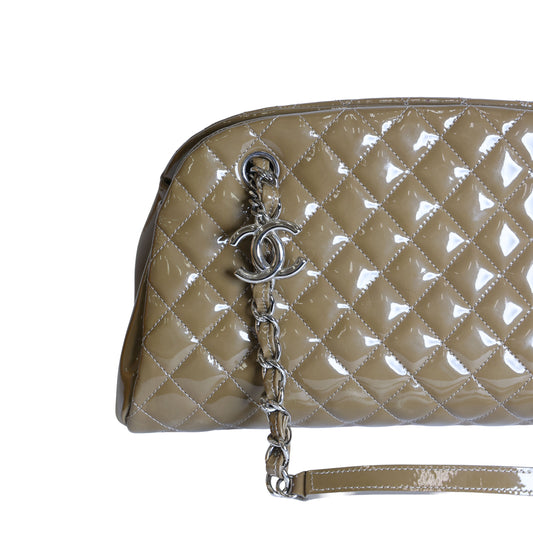
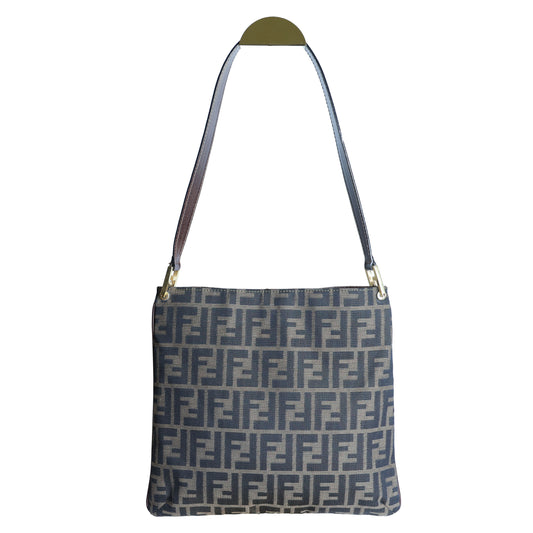
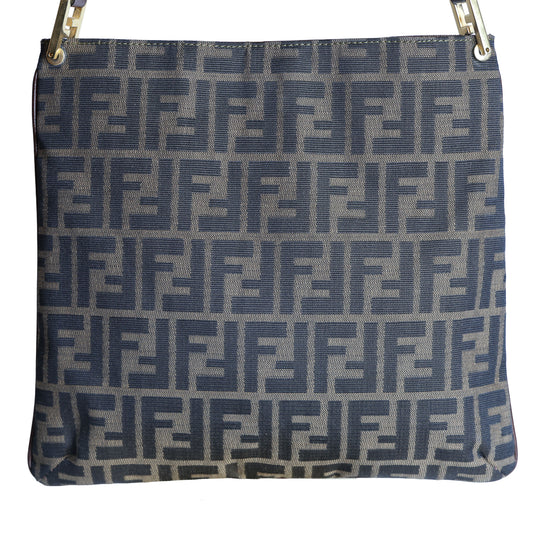
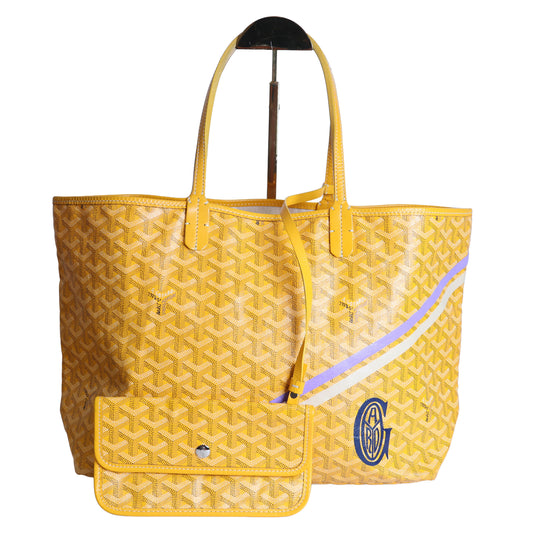
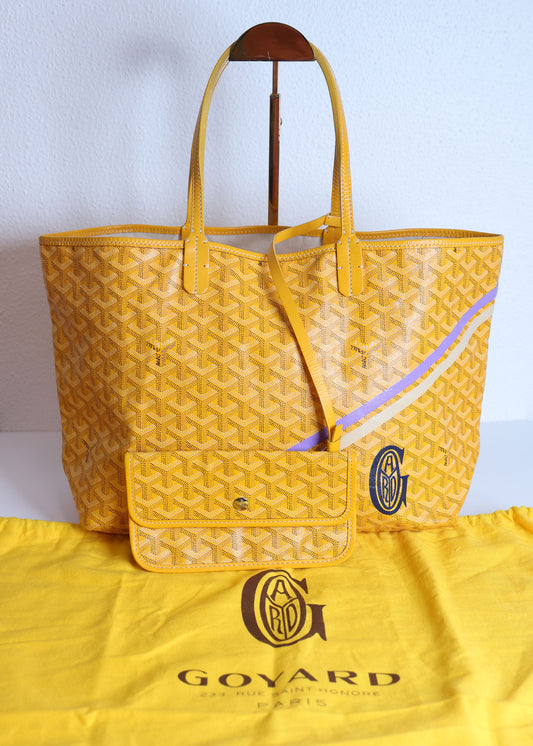
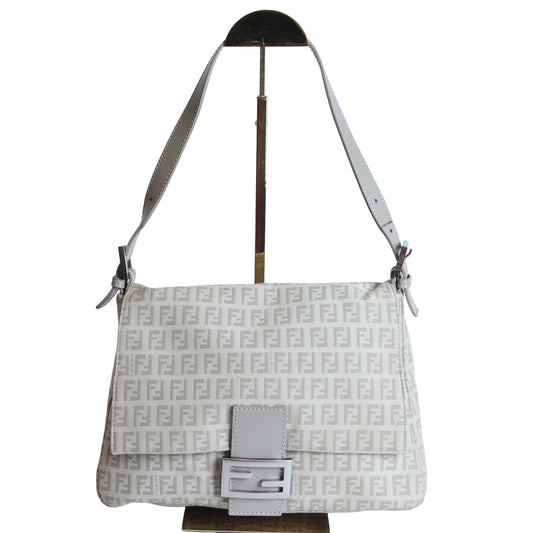
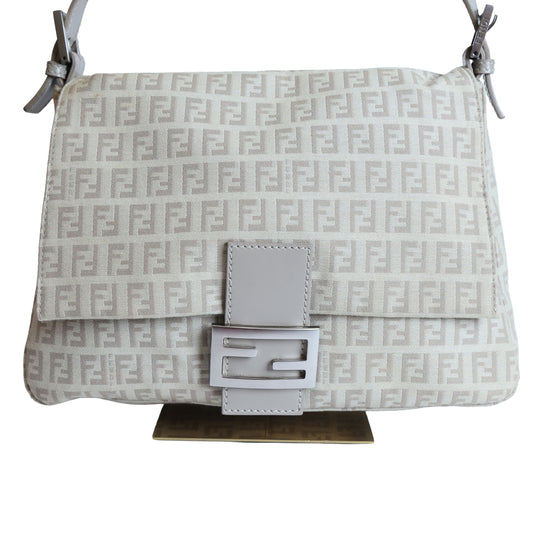
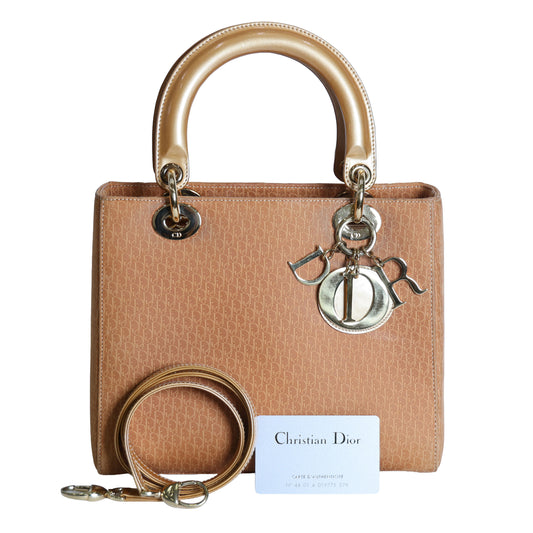
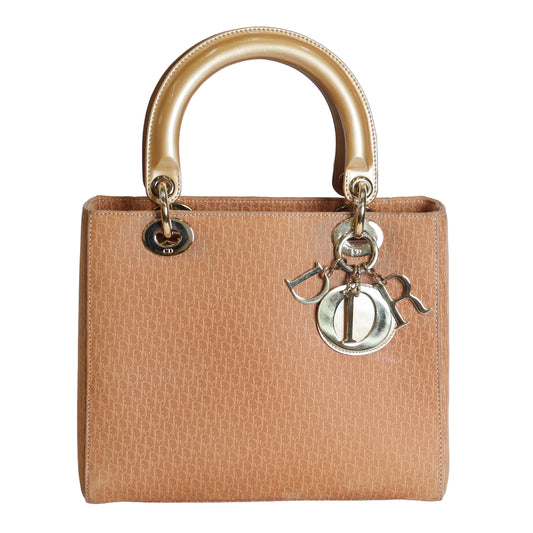
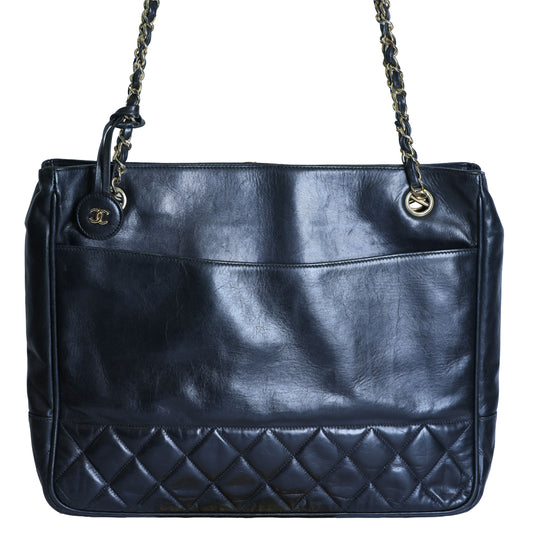
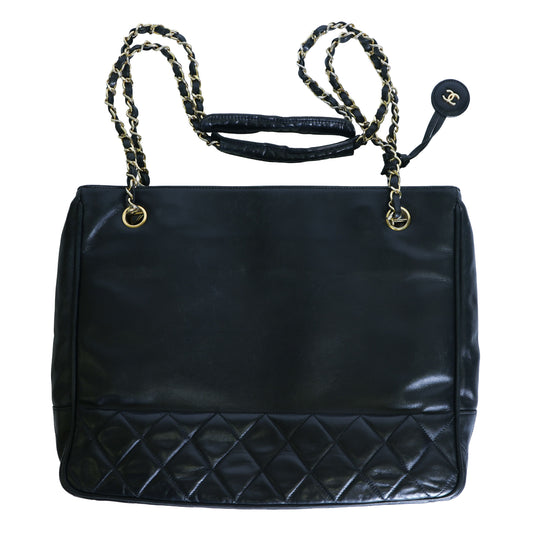
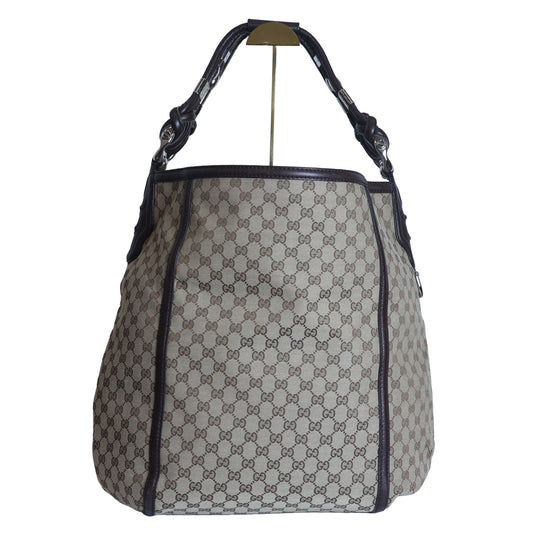
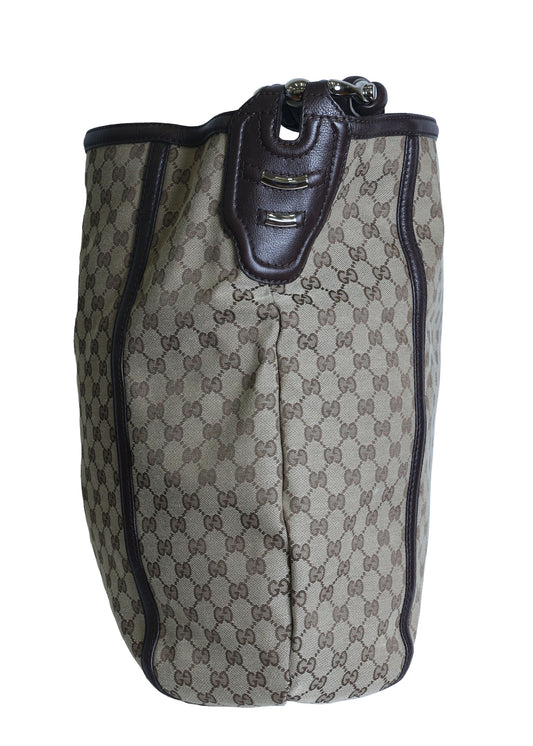
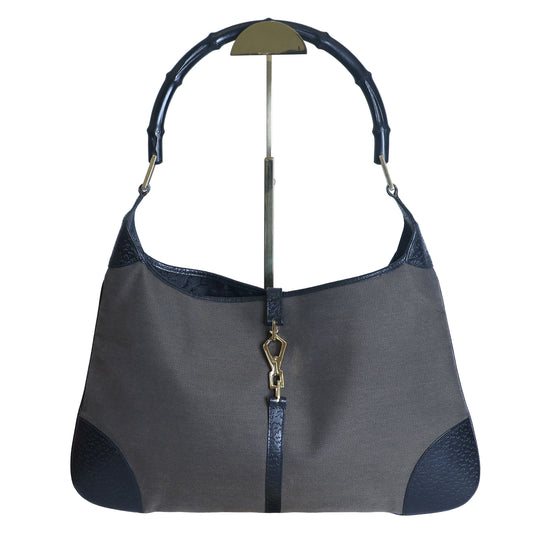
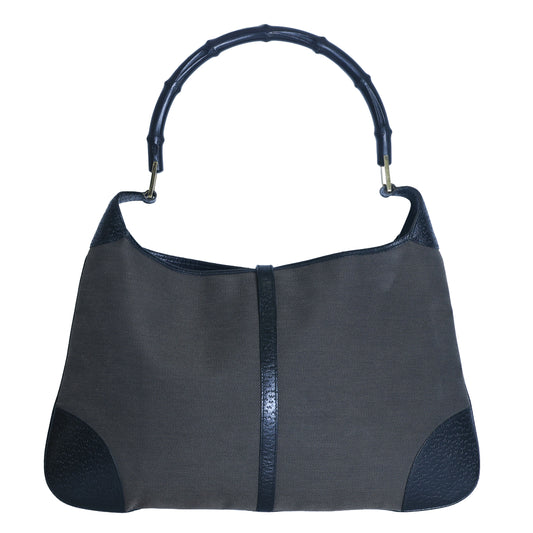
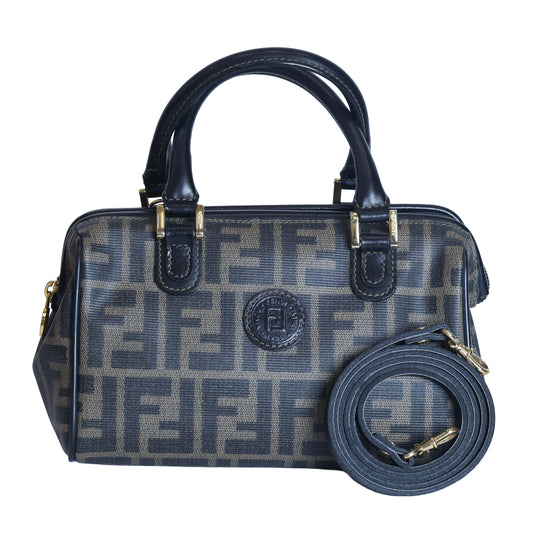
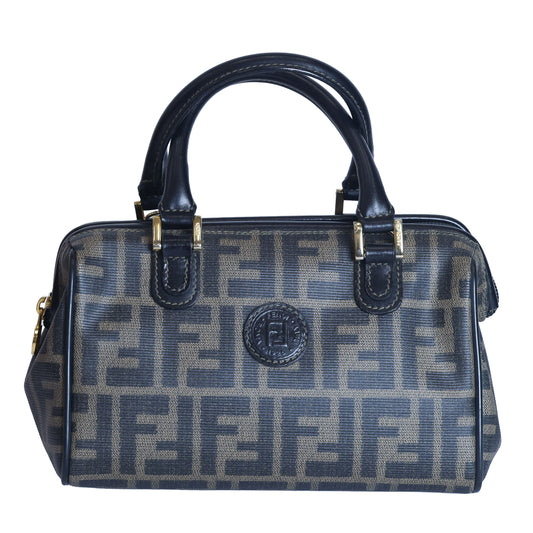
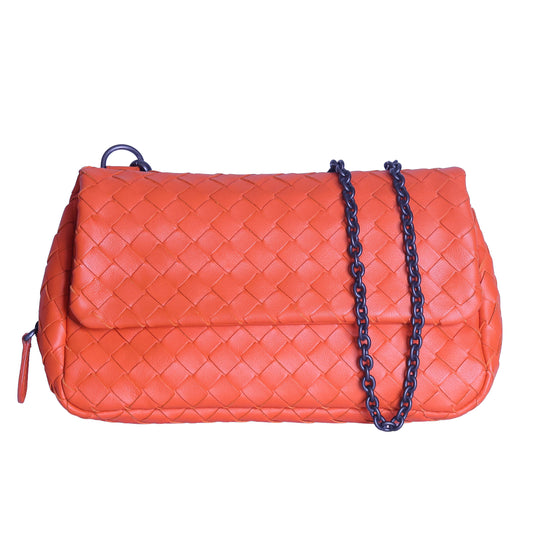
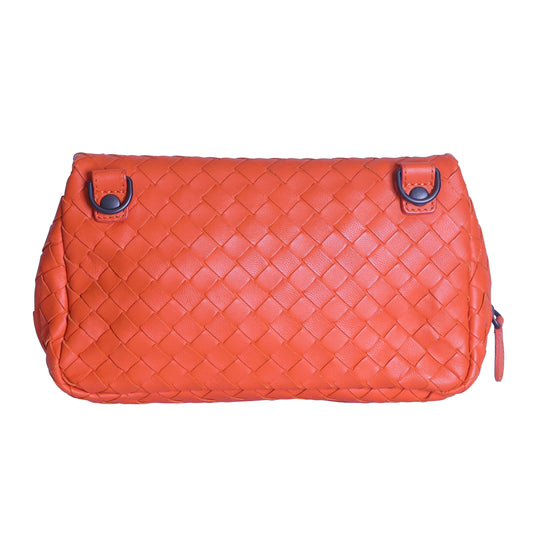
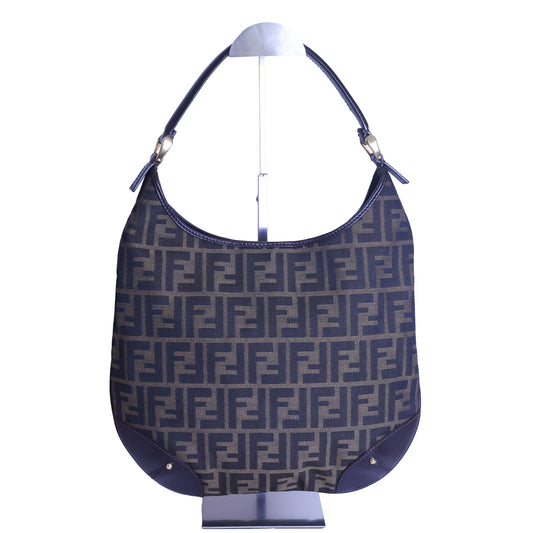
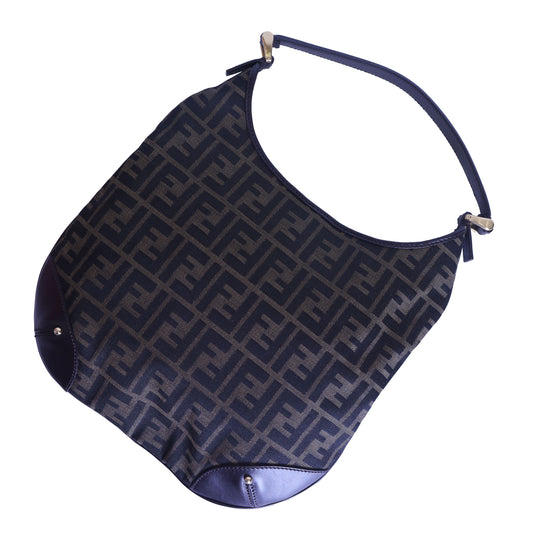
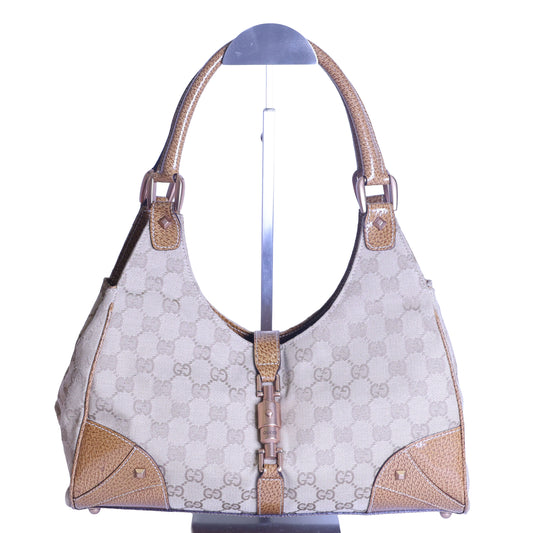
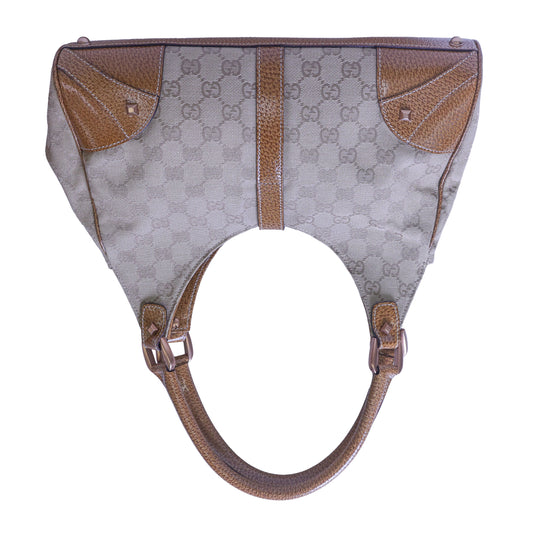
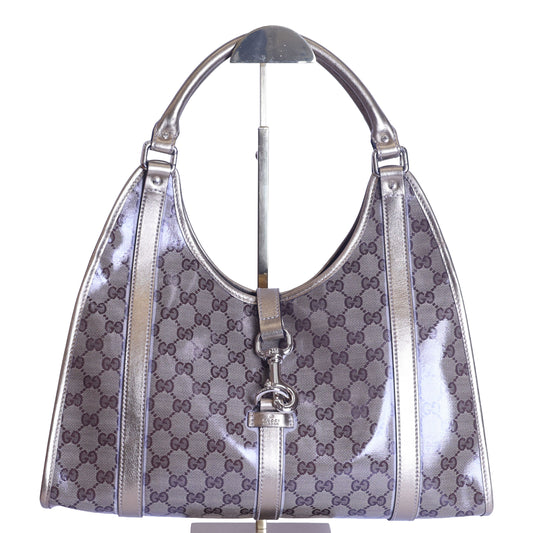
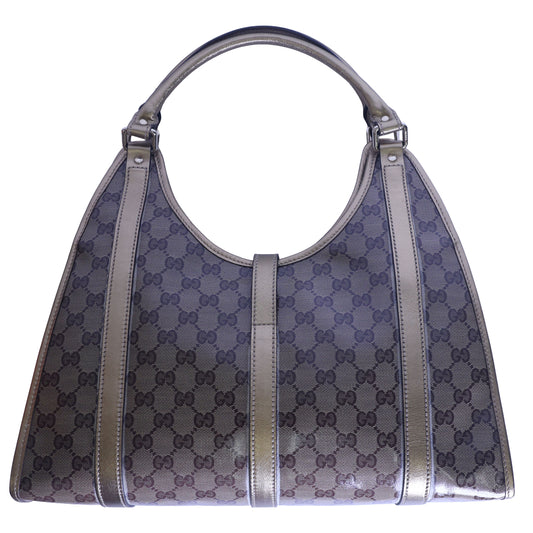
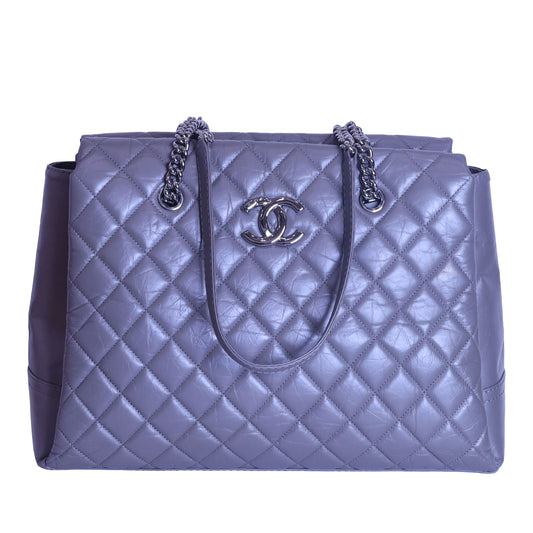
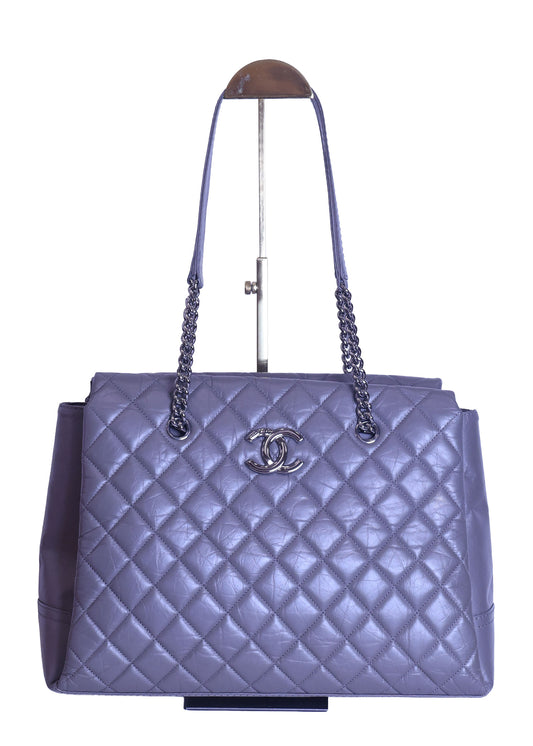
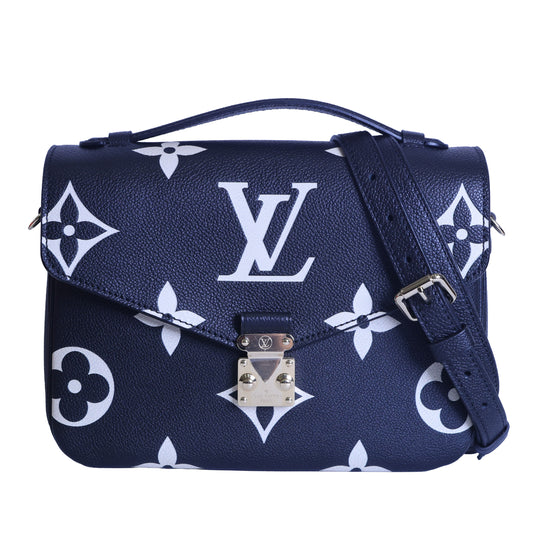
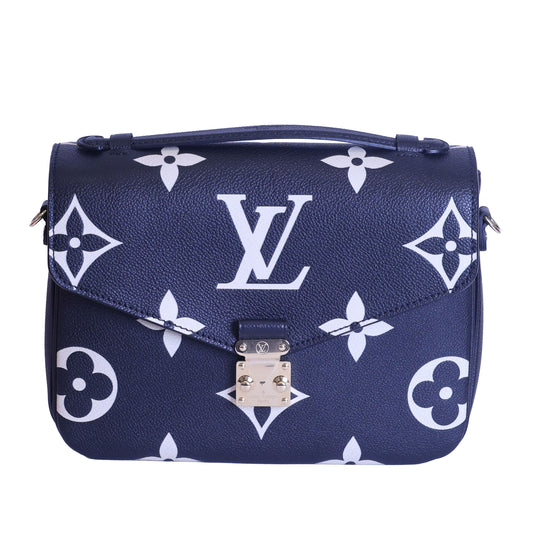
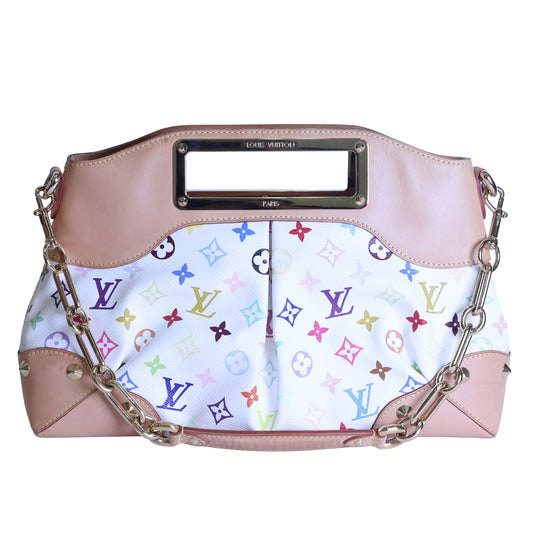
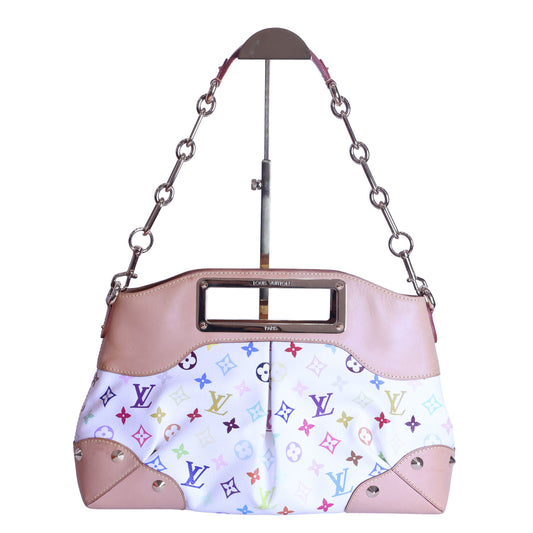
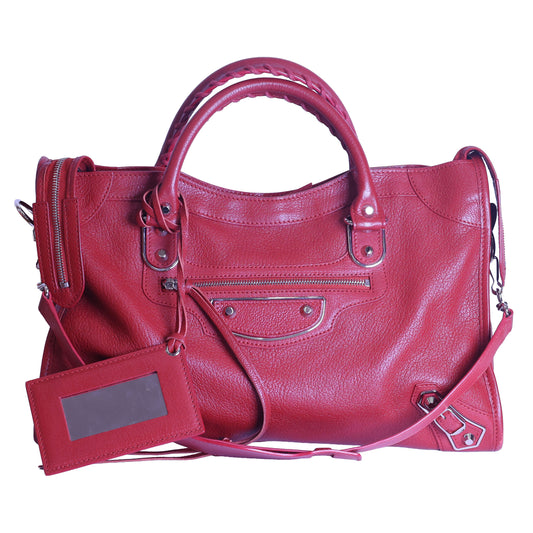
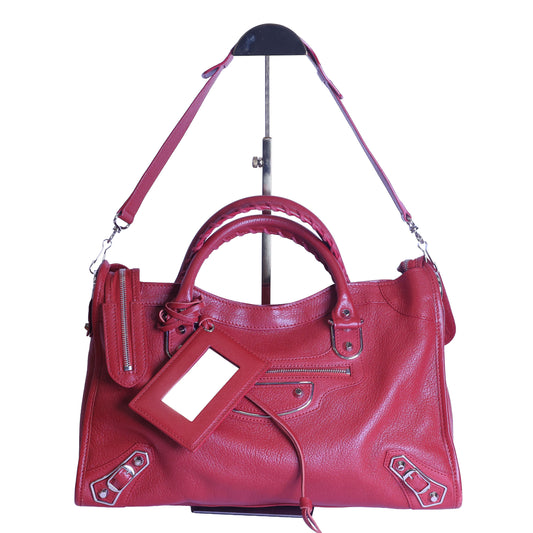
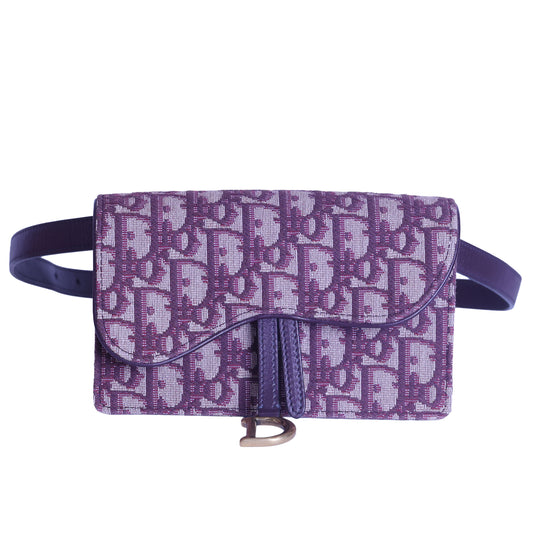
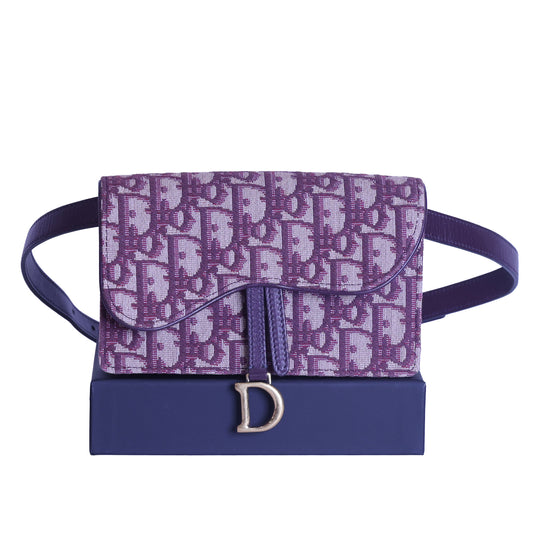
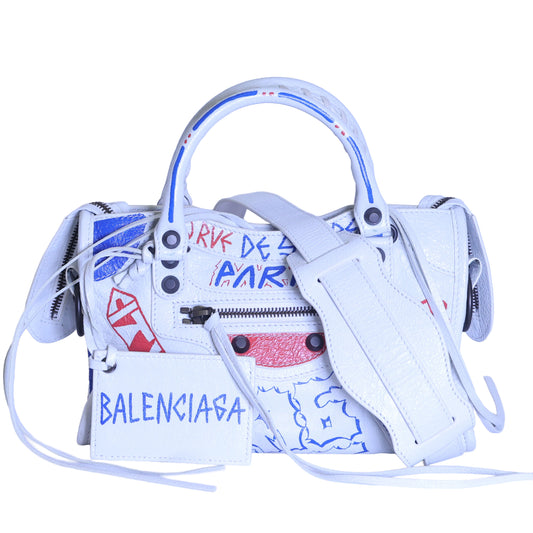
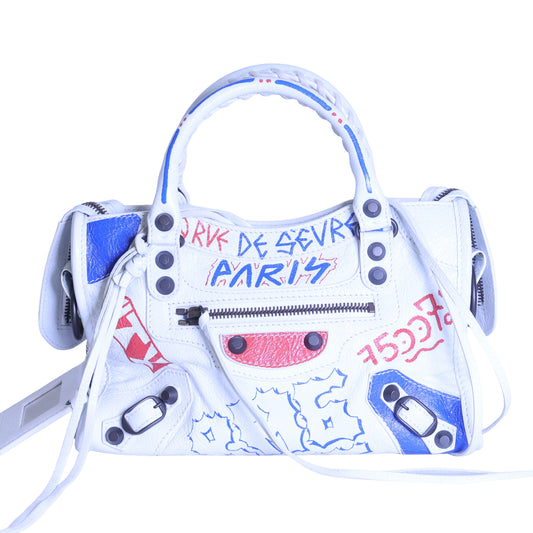
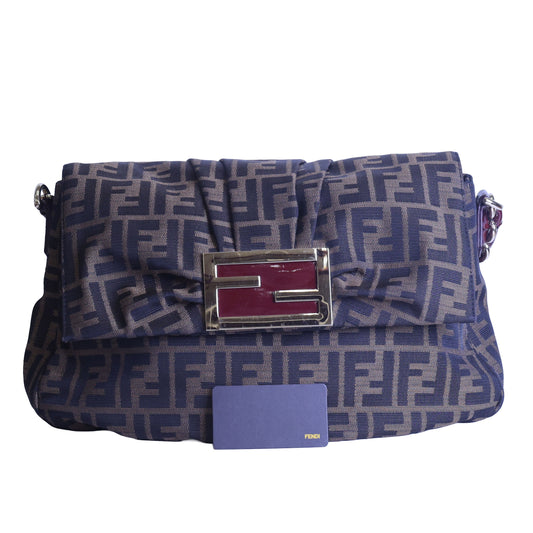
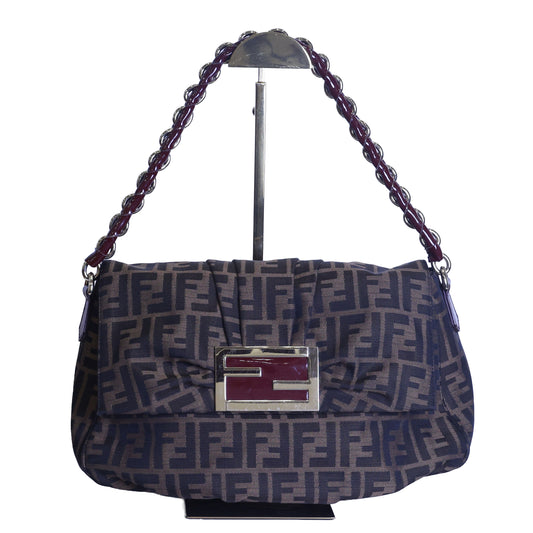
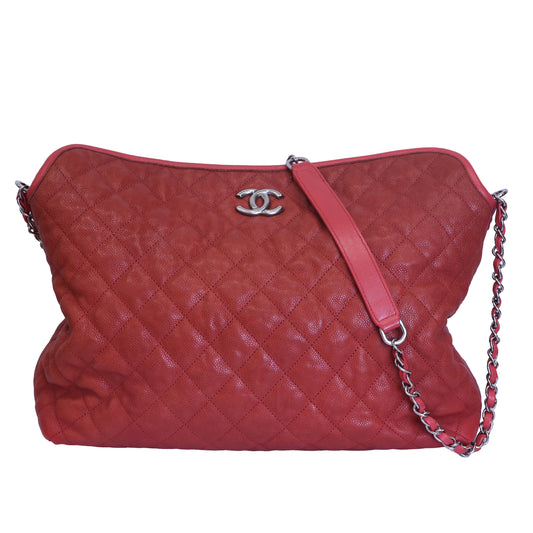
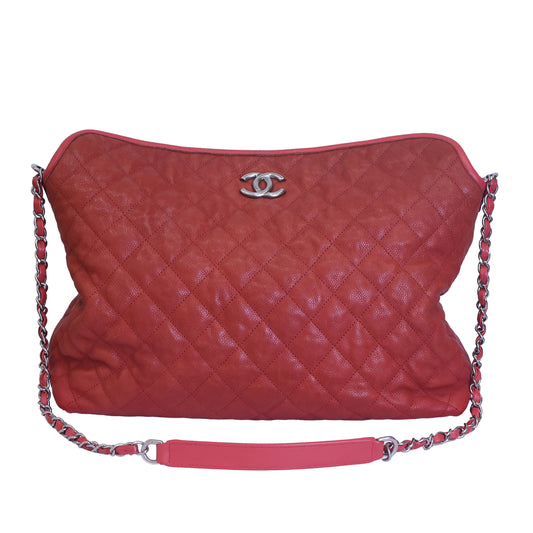
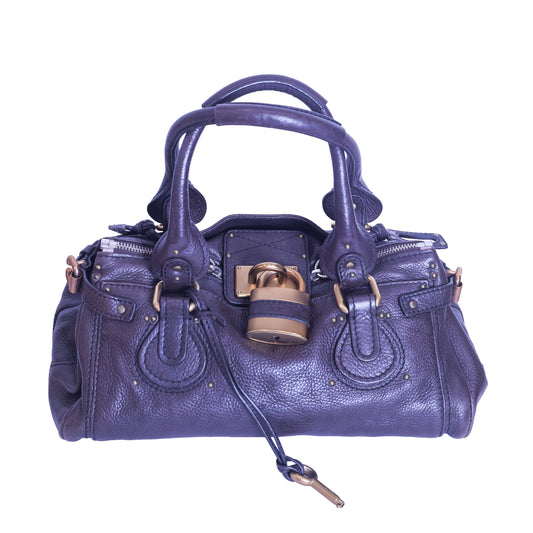
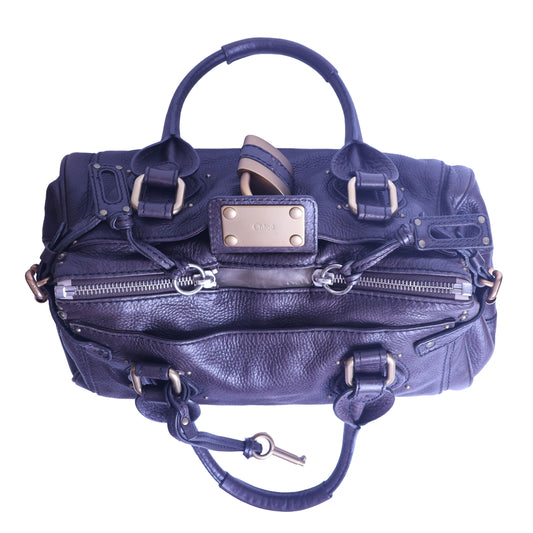
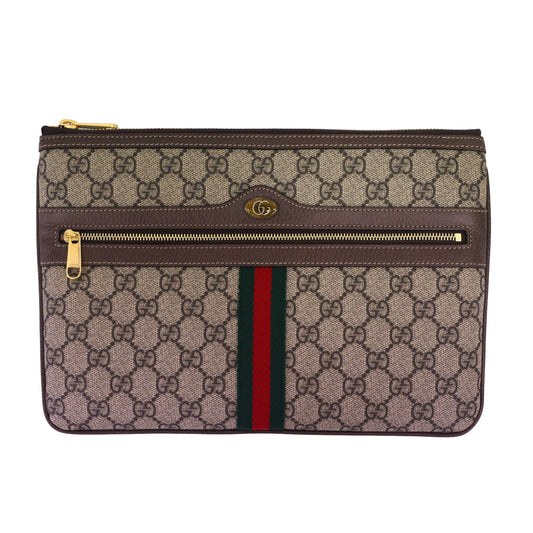
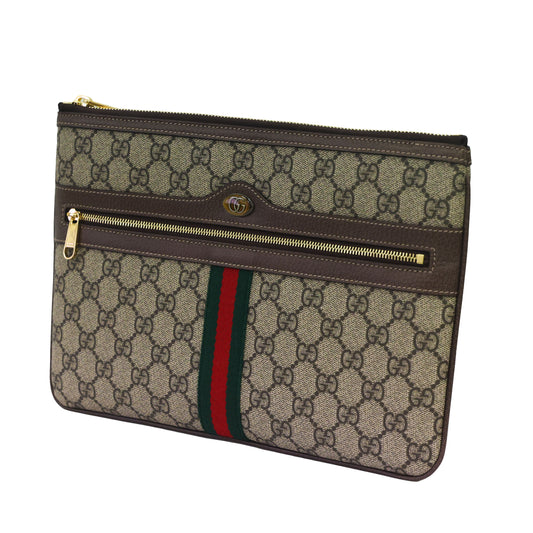
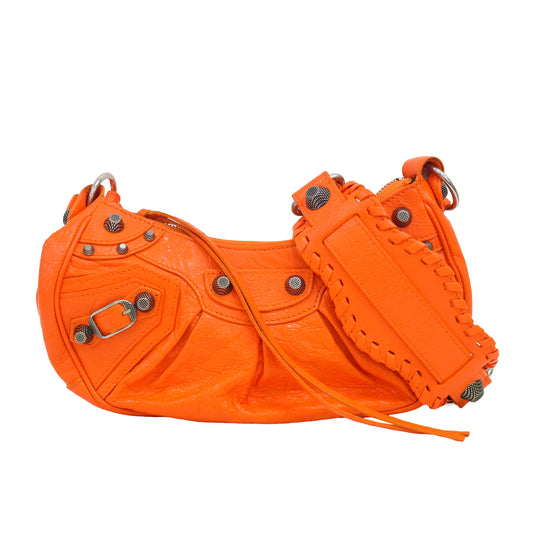
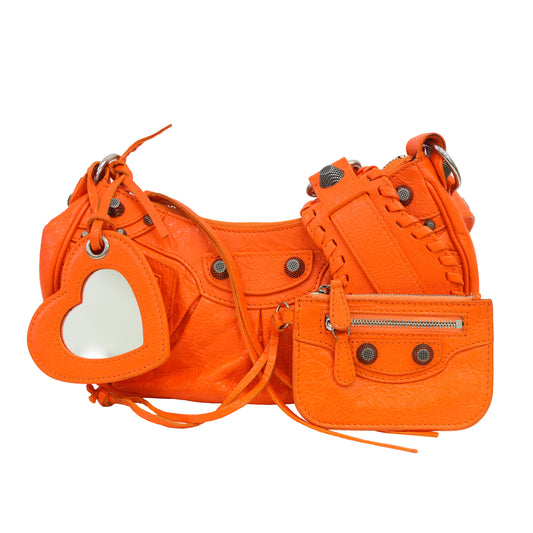
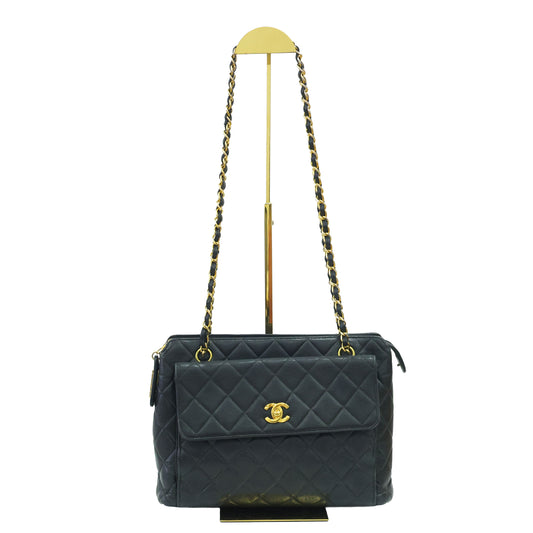
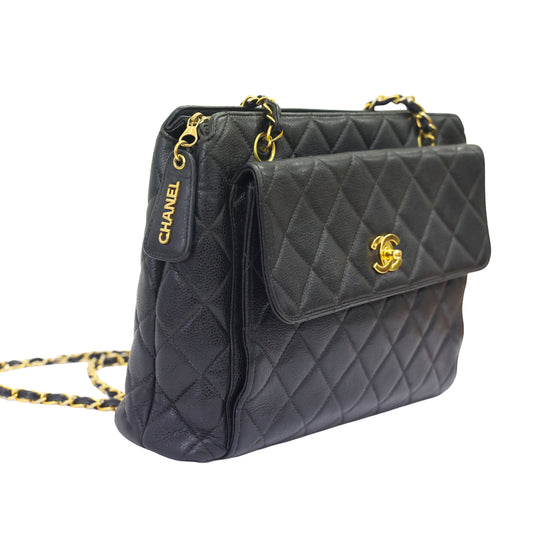
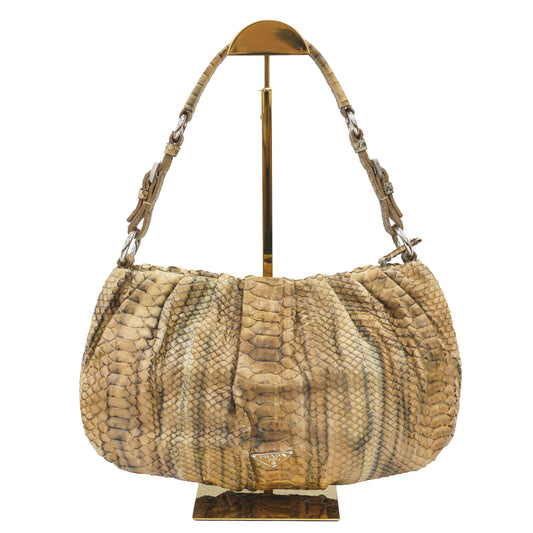
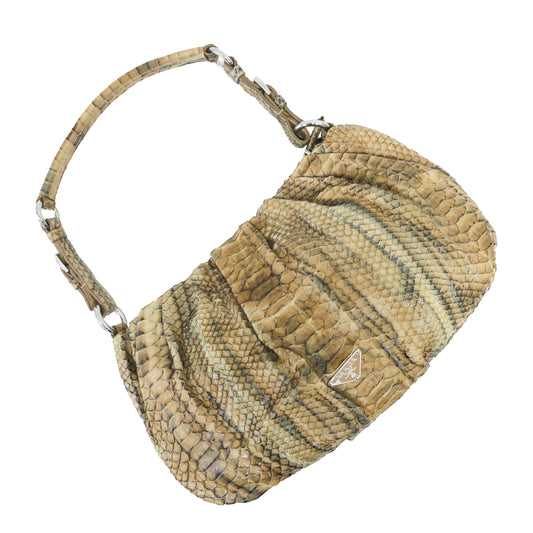
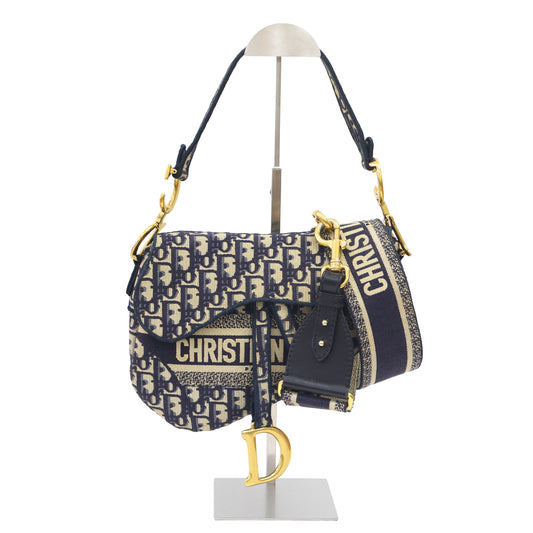
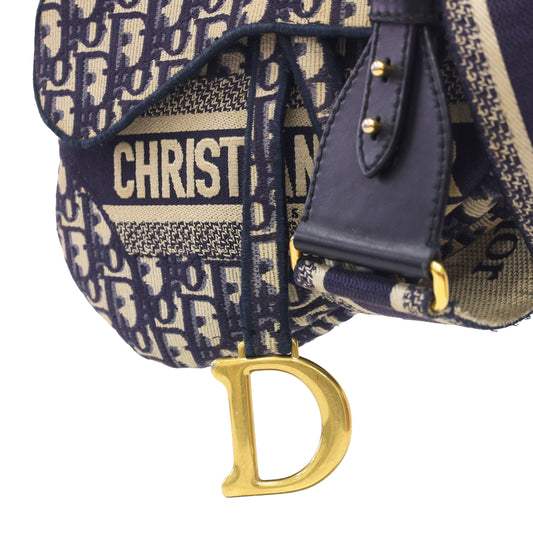
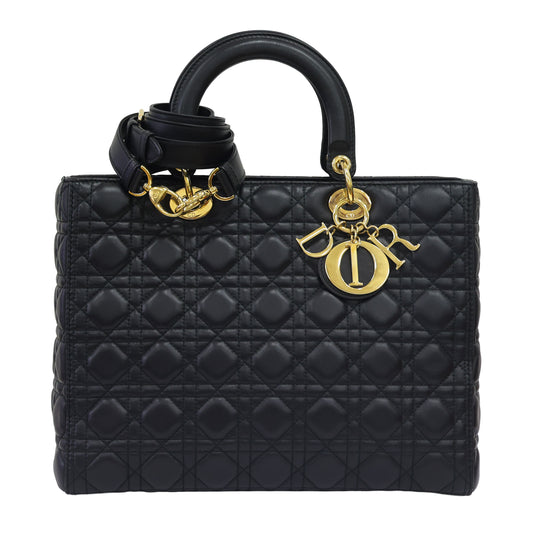
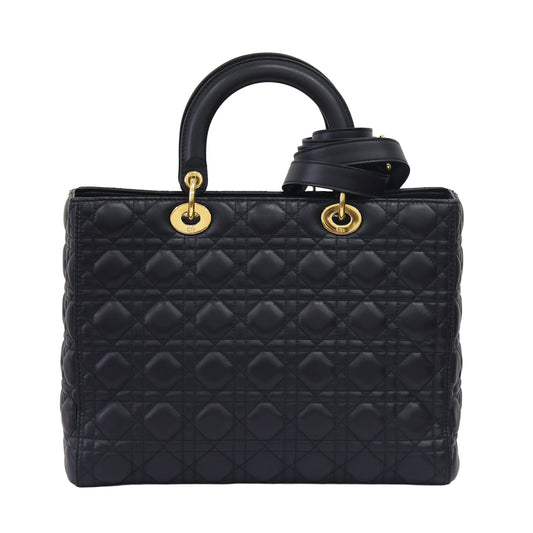
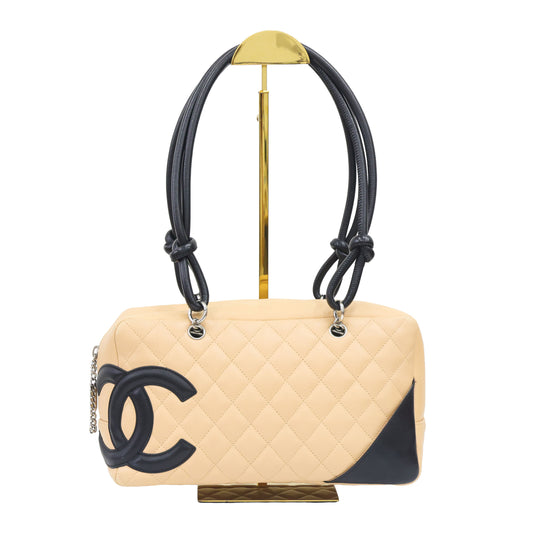
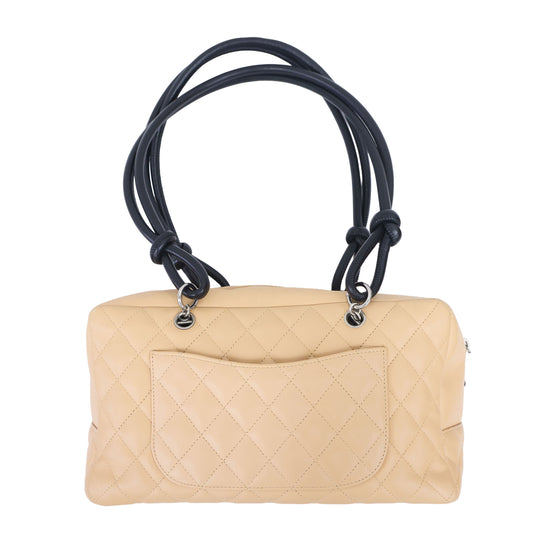
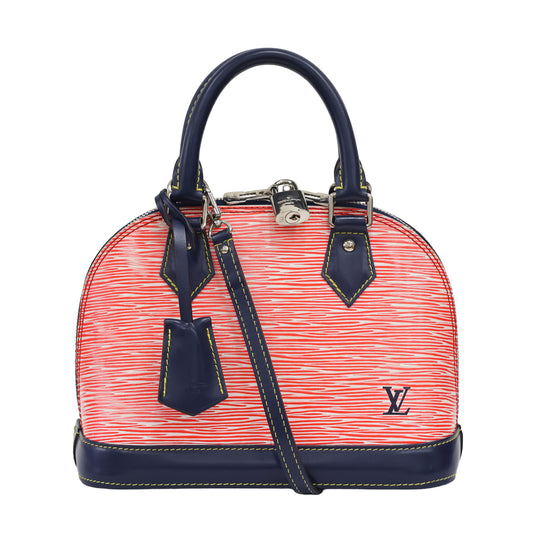
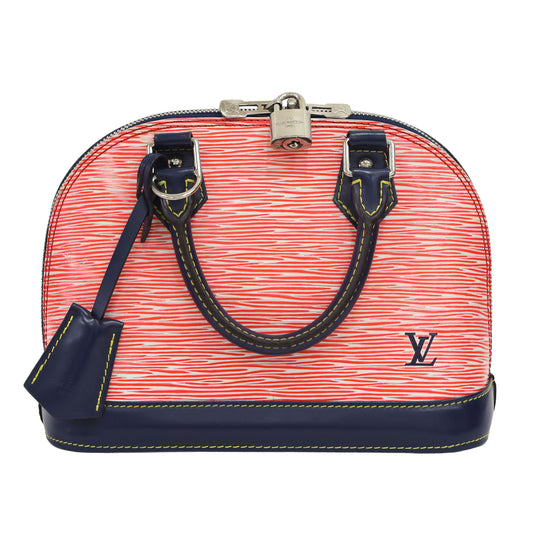
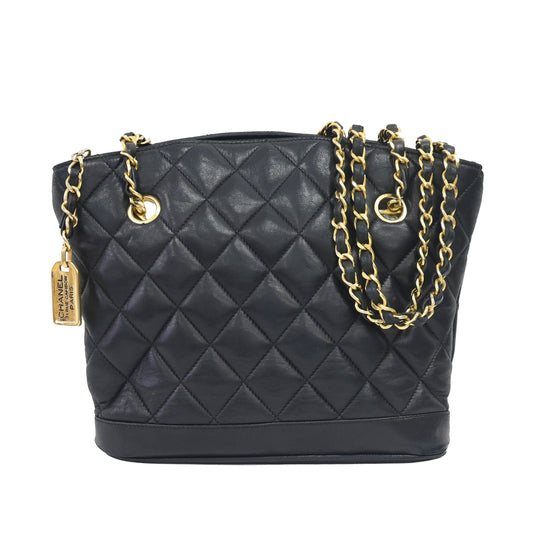
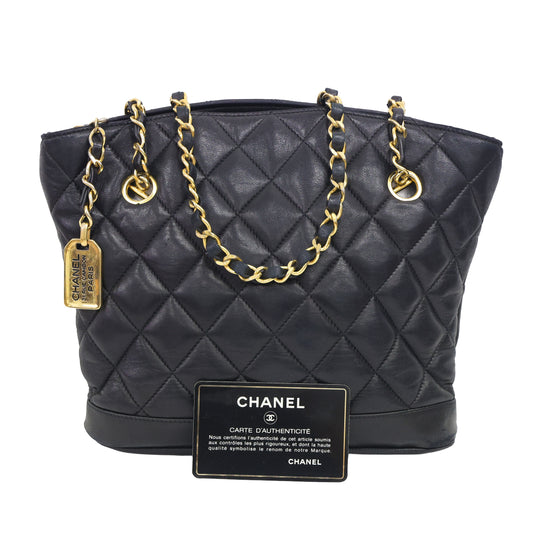





0 comments